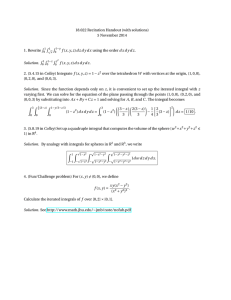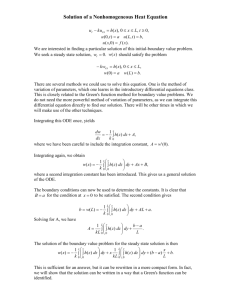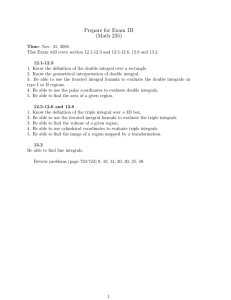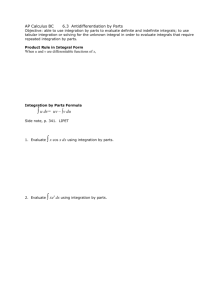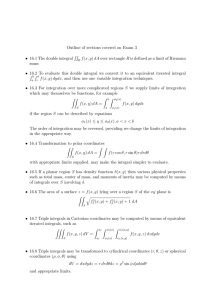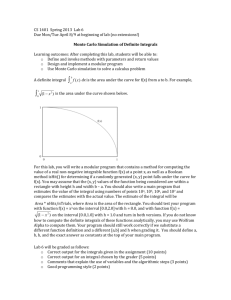Document 10584000
advertisement
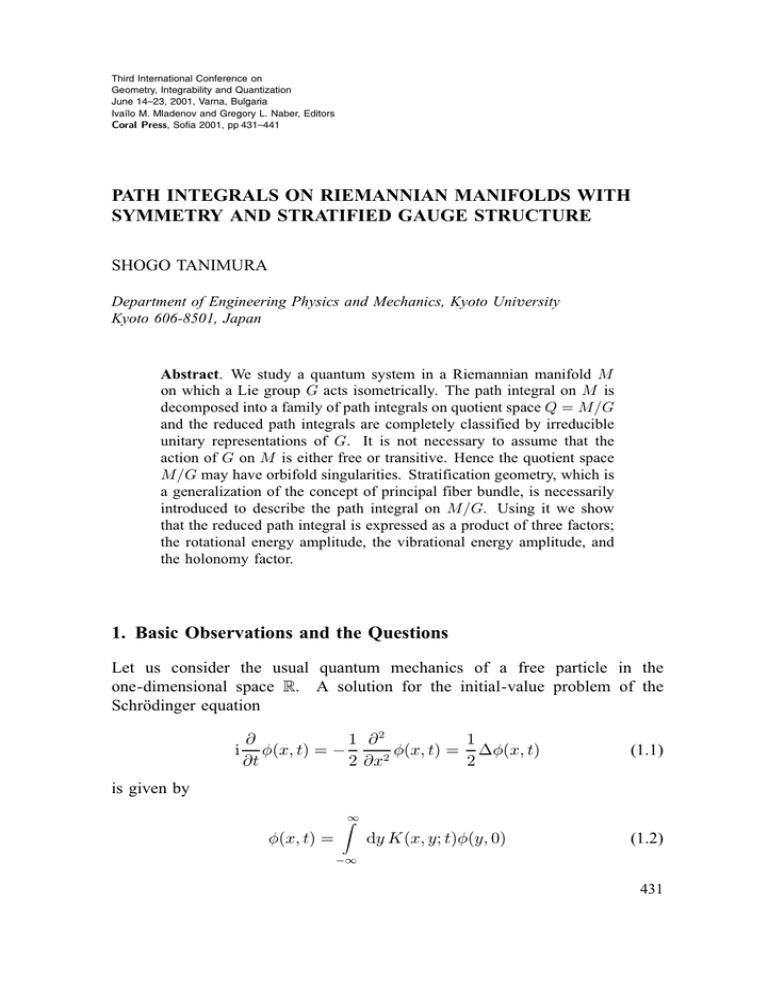
Third International Conference on Geometry, Integrability and Quantization June 14–23, 2001, Varna, Bulgaria Ivaïlo M. Mladenov and Gregory L. Naber, Editors Coral Press, Sofia 2001, pp 431–441 PATH INTEGRALS ON RIEMANNIAN MANIFOLDS WITH SYMMETRY AND STRATIFIED GAUGE STRUCTURE SHOGO TANIMURA Department of Engineering Physics and Mechanics, Kyoto University Kyoto 606-8501, Japan Abstract. We study a quantum system in a Riemannian manifold M on which a Lie group G acts isometrically. The path integral on M is decomposed into a family of path integrals on quotient space Q = M/G and the reduced path integrals are completely classified by irreducible unitary representations of G. It is not necessary to assume that the action of G on M is either free or transitive. Hence the quotient space M/G may have orbifold singularities. Stratification geometry, which is a generalization of the concept of principal fiber bundle, is necessarily introduced to describe the path integral on M/G. Using it we show that the reduced path integral is expressed as a product of three factors; the rotational energy amplitude, the vibrational energy amplitude, and the holonomy factor. 1. Basic Observations and the Questions Let us consider the usual quantum mechanics of a free particle in the one-dimensional space R. A solution for the initial-value problem of the Schrödinger equation i 1 ∂2 ∂ 1 φ(x, t) = − φ(x, t) = ∆φ(x, t) 2 ∂t 2 ∂x 2 (1.1) is given by ∞ dy K(x, y; t)φ(y, 0) φ(x, t) = (1.2) −∞ 431


